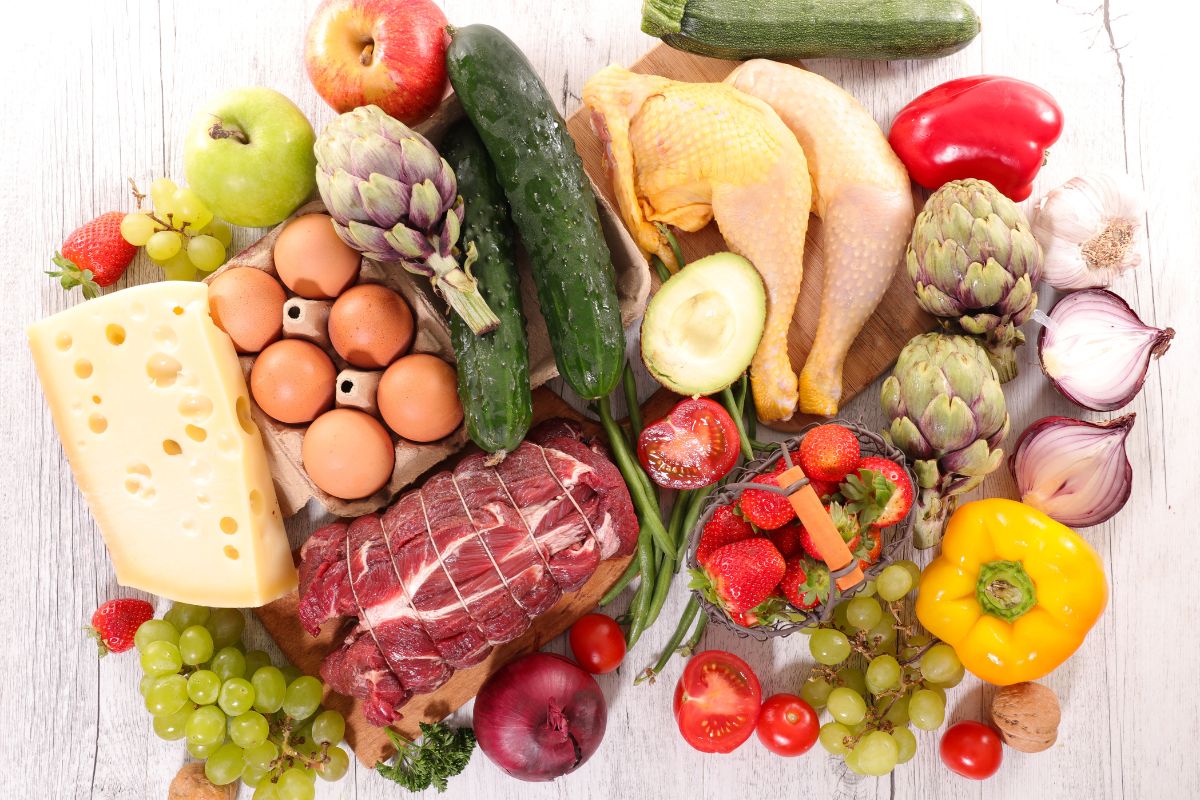Imagine taking your first bite of a perfectly crafted meal brimming with vibrant colours and enticing aromas. You’re immediately struck by how the fresh seasonal ingredients burst with irresistible flavour that makes every mouthful feel extraordinary. Whether it’s a crisp summer salad with sweet, sun-ripened tomatoes or a hearty winter stew with root vegetables, the difference lies in harvesting produce at the peak of its season. It’s a world of taste and nutrition waiting to be discovered in every dish.
Embracing seasonal eating can be a real game-changer. By focusing on produce that’s naturally abundant during specific times of the year, you reap benefits like maximised nutrition and reduced reliance on imported ingredients.
What Makes Seasonal Ingredients Special
When you choose fresh seasonal meals, you’re tapping into nature’s timeline. Produce is picked when it tastes best, ensuring you get the maximum flavour and nutrients every time you sit down to eat.
- Seasonal ingredients are harvested at peak ripeness, which means:
- Superior taste: Ripe produce boasts a natural sweetness and a richer aroma.
- Higher nutrient content: Vegetables and fruits retain more vitamins and minerals when picked at the right time.
- Better texture: Items like juicy tomatoes and crisp capiscum have the perfect bite.
Relying on local, in-season produce supports the environment, too. Food that doesn’t have to travel vast distances cuts down on fuel consumption and storage needs. By choosing fresh meals that champion locally-sourced produce, you’re helping reduce carbon footprints and safeguarding the livelihood of nearby farmers. It’s an approach that benefits both you and the planet—less pollution, fresher ingredients, and a stronger local economy.
Eating seasonally is also kind on your wallet. When produce is abundant, prices typically drop, making healthy meals more accessible for everyone. This is especially helpful for busy families and individuals who want to balance their budget while maintaining a nutritious diet.
Finally, there’s an exciting element of discovery that comes from exploring the best seasonal produce for cooking. Embracing what’s in season encourages you to experiment with different ingredients, flavours, and cooking methods—whether you’re making a zesty summer salad with sweetcorn or a soothing pumpkin soup in the cooler months.
Next, we’ll dive deeper into how these same seasonal ingredients can boost your nutritional intake.
The Nutritional Benefits of Seasonal Ingredients
Seasonal produce naturally thrives in optimal growing conditions, making it richer in essential vitamins, minerals, and antioxidants. Instead of being forced to grow out of season or travel long distances, these fruits and vegetables are harvested when they’re at their prime—giving you a higher concentration of nutrients and better taste in every bite.
Eating with the seasons also helps diversify your diet by encouraging you to enjoy a variety of ingredients throughout the year. This well-rounded intake can lower the risk of certain health issues and promote overall wellness. For instance, autumn broccoli brings a powerhouse of vitamin C, while spring strawberries offer a sweet source of antioxidants. Each season presents unique possibilities for healthy meals that never get boring.
Up next, we’ll discover how these same fresh ingredients can spark healthy meals and elevate your everyday cooking.
Inspiring Creativity in the Kitchen
Seasonal ingredients bring excitement back into the kitchen. They encourage you to stray from the usual meal rotation and explore different flavours, textures, and cooking techniques. Whether you’re a seasoned home cook or just looking for new ideas, local in-season produce can spark endless culinary possibilities.
One great way to experiment is to think about the characteristics of each season. For winter, consider roasting root vegetables like carrots, parsnips, and sweet potatoes—their natural sweetness emerges beautifully in the colder months. In summer, refreshing treats such as berry parfaits showcase the brightness of ripe, juicy strawberries and blueberries. These dishes simultaneously celebrate peak flavour and nutritional value.
Another bonus is that seasonal meals can suit all dietary preferences. If you’re gluten-free, fresh vegetables can star in hearty salads or nourishing soups. For vegetarians, roasted beetroot or a medley of sautéed zucchini and eggplant can serve as the perfect base for a colourful main.
Elevate Your Meals with Seasonal Ingredients
Choosing seasonal ingredients isn’t just a culinary trend—it’s a simple, powerful way to enhance the flavour, nutrition, and enjoyment of your fresh meals. When you cook with produce that’s at its natural peak, you’re rewarded with richer tastes and higher nutrient content. It supports local farmers, reduces environmental impact, and often saves you money. Plus, it brings variety and creativity to your kitchen throughout the year. So whether you’re cooking a summer salad or a winter stew, let the seasons guide your plate—you’ll taste and feel the difference.








